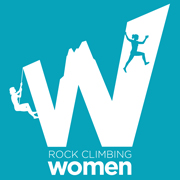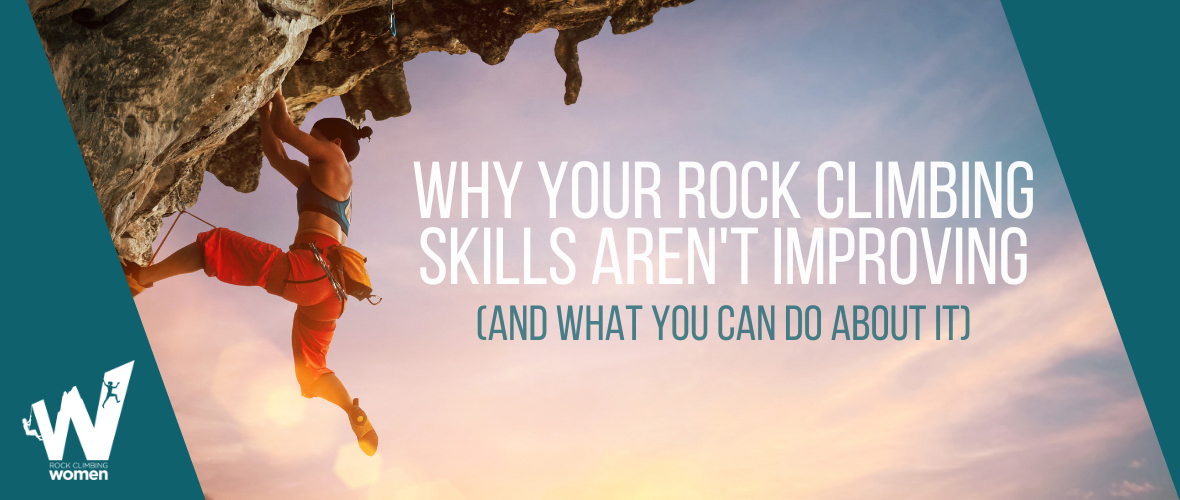There’s a multi-pitch of reasons as to why your climbing skill is staying stagnant. What gives?
For this article, we compiled feedback from climbers of all ages and ranges. It’s not just you hitting a plateau.
In most climbers’ bouldering training, everyone hits a wall somewhere (and probably some rock walls too!).
If your climbing buddy is flashing routes while you’ve been stuck on your project for weeks, it’s time for a well-needed revitalization.
Rope up to see how other climbers tackled their climbing cruxes.
#1. Fear of Falling
The most common hold-up with breaking climbing barriers is the fear of injury or falling.
Whether it is roped climbing or a bouldering session, it can be mentally challenging to push yourself higher when the ground is looming beneath you.
Many of the indoor bouldering routes harbor little risk of injury; protecting climbers with industry-approved crash pads, falling instruction, instructor belays, and more.
Yet, even for the most experienced climbers, lead climbing falls are terrifying.
Your fall is doubled by the distance between bolts, so the fall will be a “whipper.”
When learning climbing for the first time, all instructors teach the correct movements for falling without injury.
Need a refresher?
- Never use your hands to brace a fall.
- Avoid landing on your feet — it’s a jolt to all the bodies’ joints.
- Tuck and roll with your extremities.
- Have a spotter on outdoor routes to ensure you’re landing on the crash pad.
- Announce your fall if you’re able. People should never be under you when you’re climbing, but sometimes it’s out of your control.
One of the best ways to conquer the fear of falling is to practice falling. This will minimize your irrational fears and help you better understand the perceived risk versus the actual risk.
Practice test falls in a controlled lead climbing environment at different heights until you feel your fears alleviate.
Soon, when you make an unannounced fall, you’ll be more trusting of your gear and mechanics and less anxious making more difficult climbing moves.
#2. Unbalanced Weight Dynamics
Do you feel the reason your rock climbing skills aren’t improving is linked to your unbalanced weight distribution?
You hear it all the time: “I’m top heavy,” “All my weight is in my butt,” “I feel unbalanced.” The best news? These are all myths.
It truly does not matter if you’re top-heavy, bottom-heavy, or a bodybuilder. None of this matters if you concrete your body’s balance.
There is a common belief that muscular arms correlate to a high climbing level — and it’s false.
No amount of strength can beat out technique, body positioning, and practiced balance.
If this is the reason you’re holding back on excelling in your climbing game, ask your local rock climbing gym for a technique lesson. Here are three tips:
- It’s all in the hips. Keeping your body close to the wall lets you exert less effort in your movements.
- Cycle through your workout regime so all muscles are engaged.
- Be intentional about your footwork.
#3. Lack of Strength/Stamina
For novice climbers, it’s easy to get pumped out within the first few routes. Your muscles aren’t used to any climbing technique, so you’re relying mostly on upper body strength.
Expert climbers excel in their sport with a mixture of highly technical footwork, body positioning/leveraging angles, knowing when to take a break, and understanding the fundamental movements of a route pre-climb.
Are you taking a look at the route before you climb? We call this reading a route, and it will save you minutes of energy and effort on your way up. Look at:
- Footholds
- Handholds
- Body movements on the crux
- Possible rest stops
- Clipping positions (for leading)
Knowing what you need to do before you do ensures you won’t pump out on the movements, while also providing peace of mind on the beta.
We recommend a balanced circuit in the gym with a muscle-opening warmup, like yoga, to get well-rounded climbing strength.
#4. Accessibility to Rock Climbing Gyms
Contrary to popular belief, you don’t need a rock climbing gym to train for climbing. There are many ways to keep your grip strength and technique while on the road.
If you don’t have a rock gym in your vicinity, we feel your pain. Not all hope is lost!
Try out some in-home training techniques:
| No Gym Needed Rock-Climbing Training | |
| Grip Strength |
|
| Upper-Body |
|
| Core |
|
| Legs |
|
In addition to muscle-building exercises, yoga is essential to perfecting balance and technique with climbing. Plus, it makes knee bars and smears more painless.
#5. Mentality and Failure
It’s all in your head.
Rock climbing is a blend of mental and physical strength. Every day you show up to the rock wall, you’re signing up to push your mind and body past their normal limits.
Lots of climbers give up on their projects because they can’t overpower the crux.
It’s vital to remember that not all routes are the same grading level. A V3 at one gym might be pushing a V4 at another.
Basing all your climbing ability on a number is a surefire way to tap out prematurely.
As you ascend deeper in your climbing practice, you’ll notice your climbing strengths and weaknesses.
There are climbers who can throw themselves up dynos as if they were weightless, but they will struggle on smears and stretchy routes. Find your niche, and expand outwards from it.
Climbing isn’t a competition, it’s a personal challenge with yourself to overcome mental and physical boundaries.
Have fun with the routes, watch other techniques, and learn new ways of sending your projects.
#6. Other Reasons
Before we go, let’s dissolve any doubts you have about your climbing plateau.
“I don’t have anyone to climb with.”
Ask your gym if they have a partner board. Most climbing gyms have a wall of contacts for people looking for a climbing buddy, same as you.
No climbing board? Start one. Until then, ask other belayers in the gym for a C4C (a catch for a catch).
“I’m not as fit as I would like to be.”
Climbing is a full-body workout that can superspeed this process for you. It’s not only engaging, but you won’t really feel like you just did a workout until you’re lounging on the couch after a session.
Everyone in the gym is rooting for you to succeed!
“I don’t want people to wait for me while I struggle on a route.”
Trust us, nobody cares.
There are tons of routes in a climbing gym and outdoors. Climbers don’t mind figuring out new betas on routes while you flash your route. Who knows? Maybe you’ll teach onlookers a move they never thought of.
Negative self-talk is often at the crux of why your rock climbing skills aren’t improving (or why you perceive this to be true, anyway). Nothing drives improvement like curiosity, willingness to identify an issue, and then doing something about it.
We can’t wait to see you on the wall, flashing projects with confidence!
McKenzi Taylor founded Rock Climbing Women in 2013 after moving to a new city as a new climber seeking more climbing partners (and new friends!). Since her first taste of climbing in Spearfish Canyon, SD, McKenzi has been at the rock face seeking and sharing the thrill of climbing. She credits the support of a consistent climbing partner and community as the motivation to continue developing her skill, whether it’s trad, sport climbing or bouldering. A full-time business owner and mother, McKenzi’s on a mission to get her kids outside and learning to adventure alongside her.

